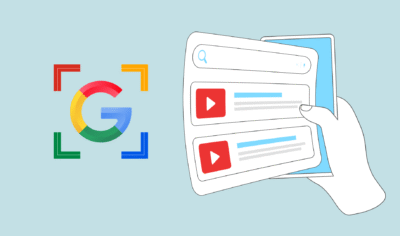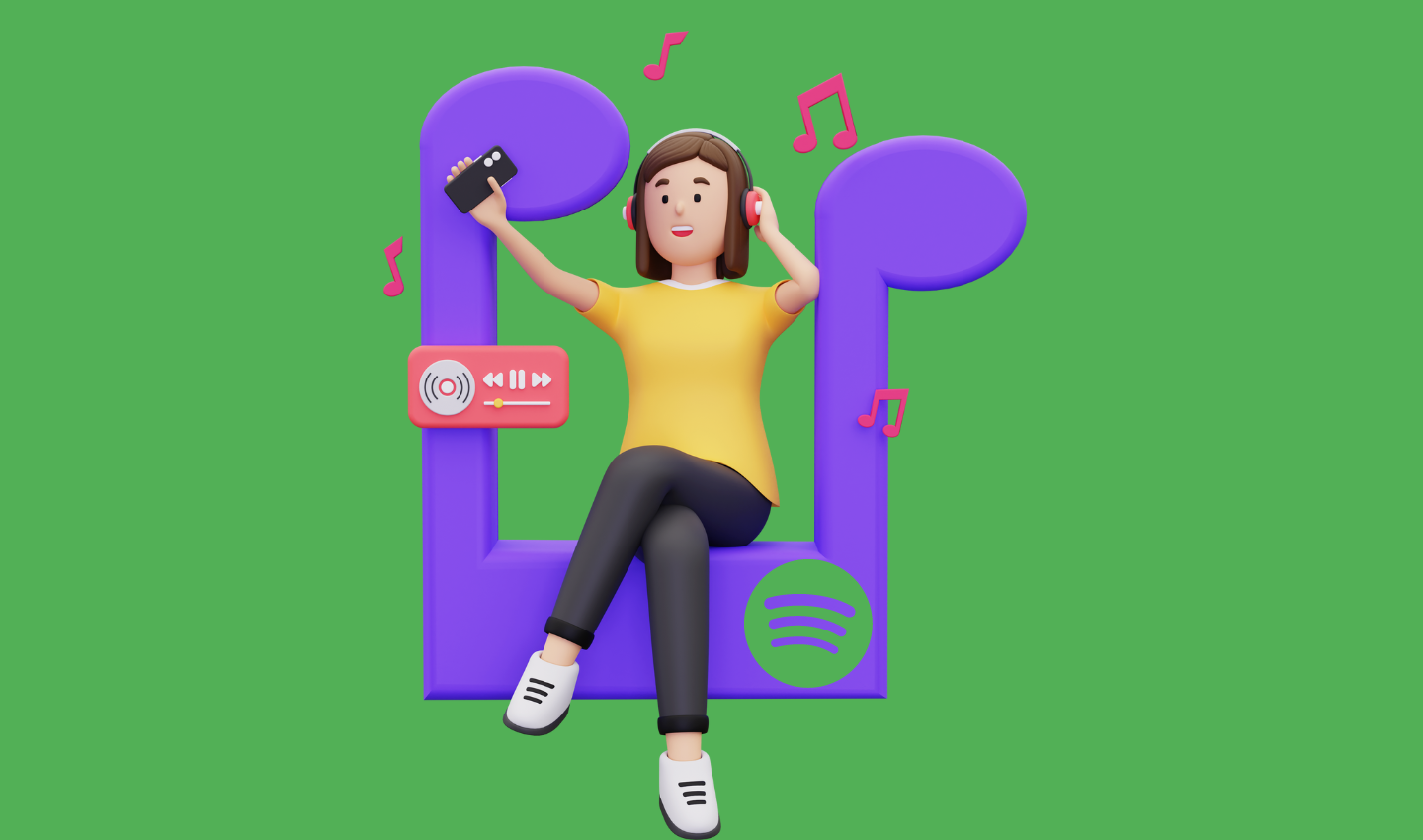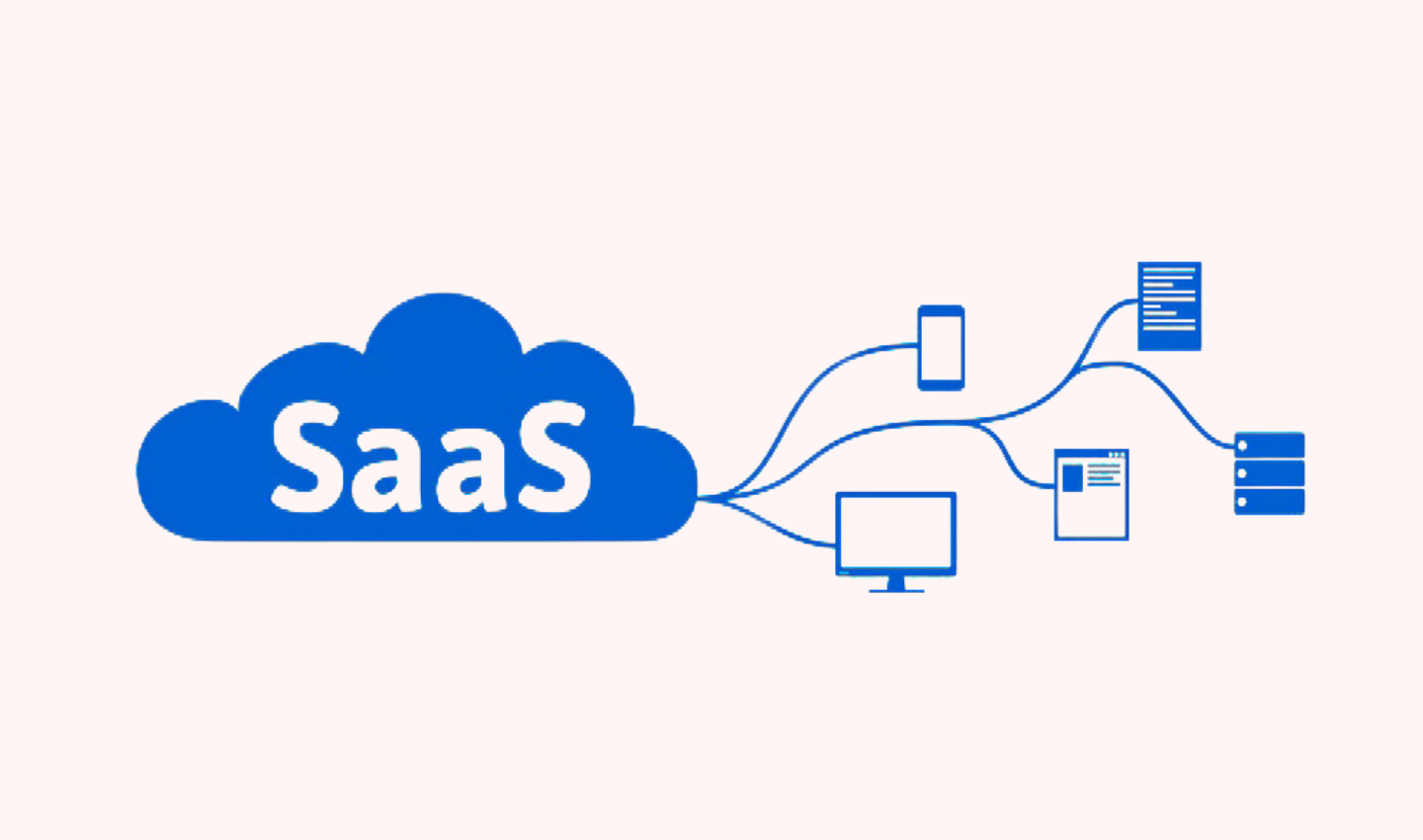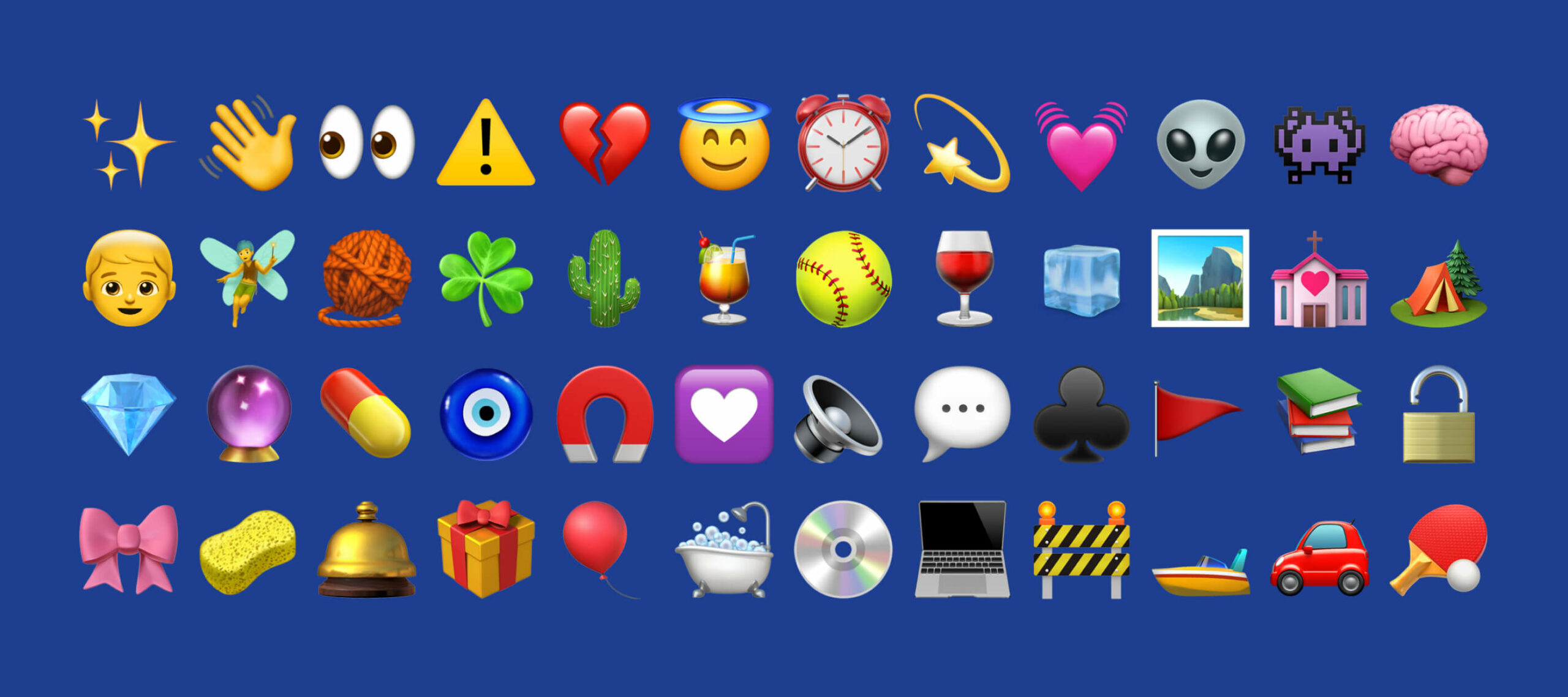
Designing with Integrity: The Ethical Designer’s Handbook on Dark Patterns
In the digital age, where user experience reigns supreme, the design landscape is constantly evolving. However, amidst the pursuit of innovation and engagement, there exists a darker side known as dark patterns. These deceptive design tactics, intended to manipulate users into actions they may not have intended, pose a significant ethical dilemma in the realm of design. This article delves into the prevalence of dark patterns, the importance of ethical design principles, and serves as a guide for designers committed to creating with integrity.

Table of Contents
What are Dark Patterns?
Dark patterns refer to user interface design choices that intentionally deceive or manipulate users into taking actions that serve the interests of the designer, rather than the user’s best interests. These can manifest in various forms, such as misleading prompts, hidden costs, forced consent, or confusing interfaces. While often subtle, the impact of dark patterns can be profound, eroding trust and compromising user autonomy.
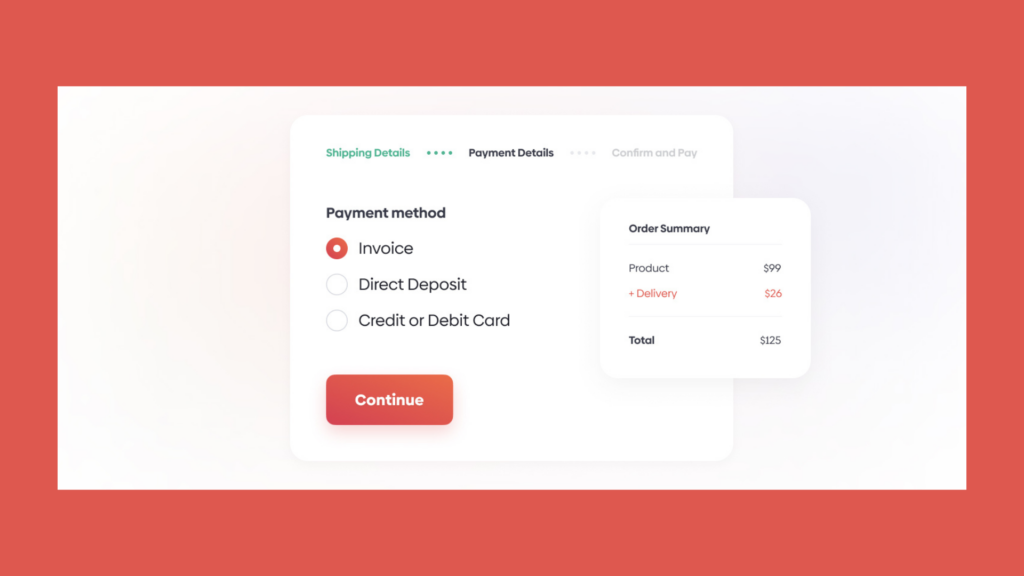
The Prevalence of Dark Patterns in Design
The prevalence of dark patterns is widespread across the digital landscape, permeating websites, apps, and online services. From e-commerce platforms employing sneaky tactics to upsell products, to social media platforms nudging users into sharing personal information, dark patterns are pervasive and insidious. As designers strive to capture attention and drive engagement, the temptation to resort to these unethical practices can be strong, especially in environments where metrics like conversion rates and user engagement metrics are prioritized above all else.
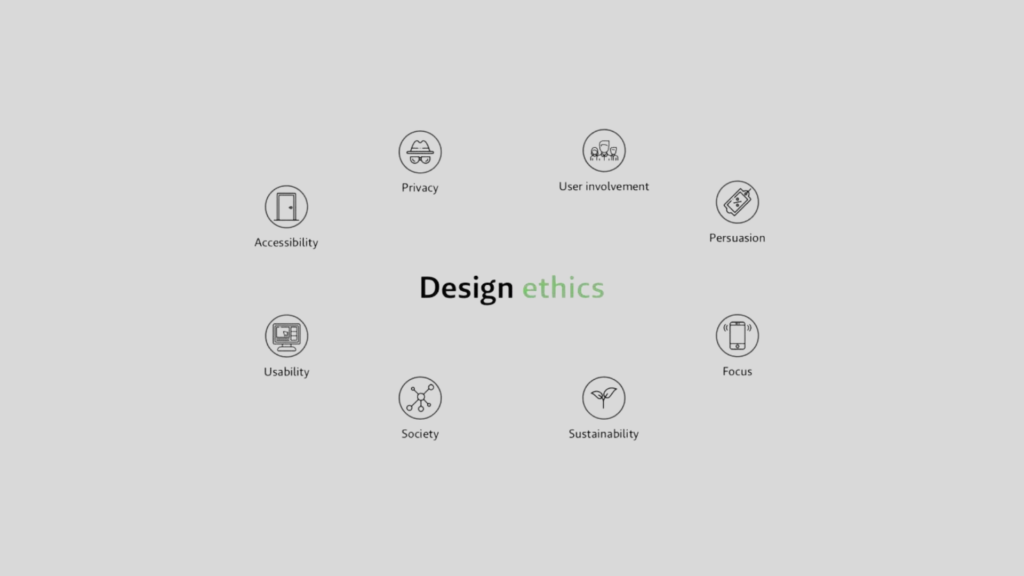
Importance of Ethical Design Principles
In a world where user trust is paramount, ethical design principles serve as the cornerstone of responsible design practice. Upholding principles such as transparency, honesty, and respect for user autonomy not only fosters trust but also ensures that design decisions prioritize the well-being of users. Ethical design goes beyond simply adhering to legal regulations; it involves a commitment to moral integrity and a recognition of the broader societal impact of design choices.
As stewards of the digital experience, designers wield significant influence over how users interact with technology. With this influence comes a responsibility to uphold ethical standards and champion the rights of users. By embracing ethical design principles, designers can cultivate a culture of trust, empower users to make informed choices, and ultimately contribute to a more equitable and humane digital landscape.
II. Understanding Dark Patterns
Dark patterns are deceptive design tactics employed to manipulate users into actions they may not have intended. These tactics exploit psychological vulnerabilities to steer users towards decisions that serve the interests of the designer, often to the detriment of the user’s experience.Here are some common examples of dark patterns:
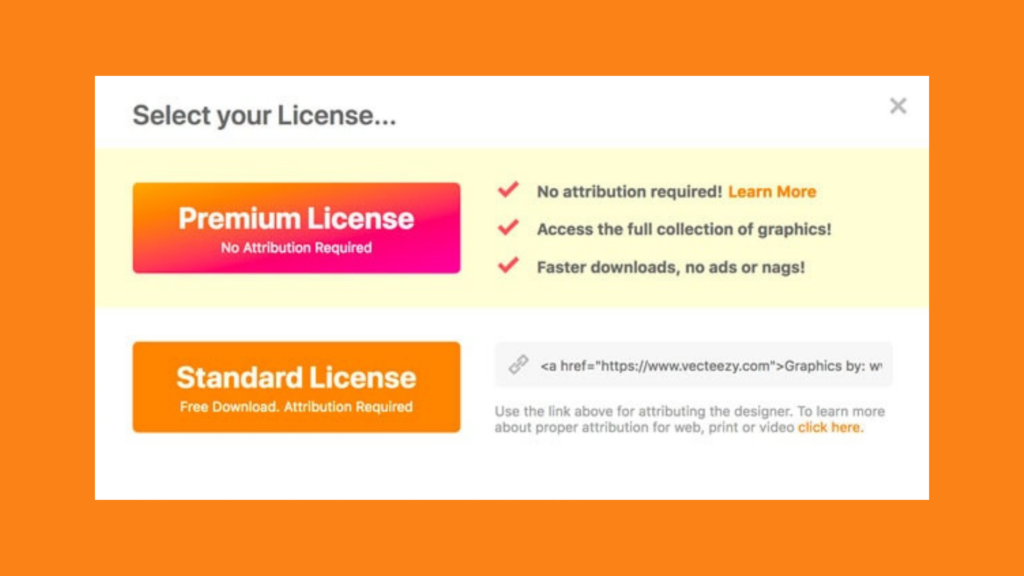
Misdirection
Misdirection involves guiding users’ attention away from certain elements or consequences, often towards a desired action. One example is when a website presents a checkbox with a label like “Yes, I want to receive exclusive offers!” pre-checked during the checkout process. Users may overlook this checkbox, resulting in unintentional subscription to promotional emails.

Forced Continuity
Forced continuity occurs when users are unknowingly enrolled in subscription services or recurring payments, often through obscured or misleading interfaces. An example of this is when a free trial for a service requires users to enter payment information, with buried or unclear cancellation options. Users may unwittingly continue the subscription past the trial period, leading to unexpected charges.

Roach Motel
The Roach Motel design pattern traps users into a situation from which it’s difficult to escape. An example is seen in some social media platforms, where deleting an account requires navigating through multiple confusing menus or contacting customer support. This deliberate complexity deters users from leaving the platform, thus perpetuating engagement.

Sneak into Basket
This pattern involves adding extra items into the user’s shopping cart without their explicit consent. For instance, during the online checkout process, a website may automatically add insurance or additional accessories to the user’s cart, subtly increasing the total purchase amount. Users may not notice these additions until after completing the transaction.
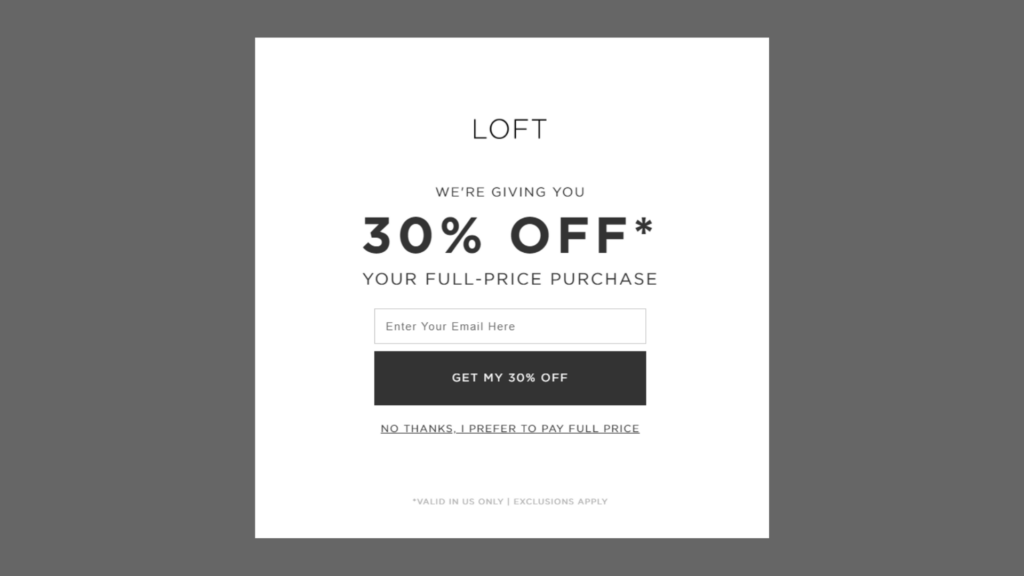
Confirmshaming
Confirmshaming uses guilt or social pressure to coerce users into making a particular choice. An example is when a website prompts users to sign up for a newsletter with options like “No, I don’t like saving money” or “No, I prefer to miss out on exclusive offers.” This tactic manipulates users into feeling embarrassed or guilty for choosing not to subscribe.
III. The Psychological Impact on Users
Dark patterns, those deceptive design tactics aimed at steering users towards predetermined actions, represent a poignant intersection of design, psychology, and ethics. Behind every misdirection, forced continuity, or confirmshaming prompt lies a calculated attempt to exploit cognitive biases and psychological vulnerabilities.
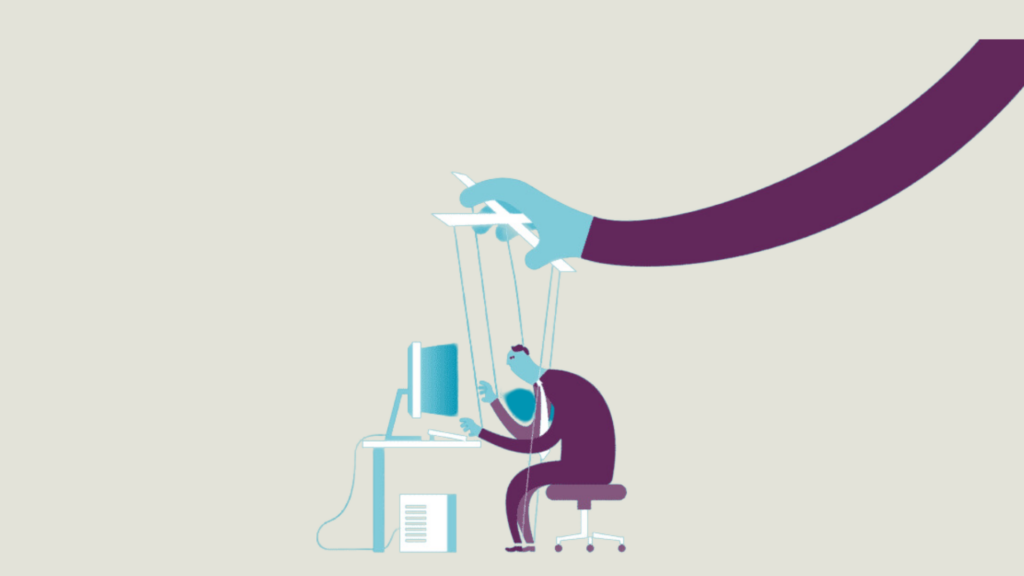
Manipulation Tactics
Dark patterns rely on various psychological principles to manipulate user behavior. These tactics exploit cognitive biases, such as loss aversion and social proof, to influence decision-making in favor of the designer’s objectives. For instance, confirmation bias may be exploited through confirm shaming, where users are made to feel guilty for opting out of a subscription, thereby increasing the likelihood of compliance. Similarly, the scarcity principle may be leveraged by creating a false sense of urgency, pushing users to make quick decisions without fully considering their implications. By preying on these psychological vulnerabilities, dark patterns can effectively steer users towards actions they may not have chosen otherwise.
Impact on User Trust
The use of dark patterns erodes trust between users and the brands or platforms employing them. When users feel deceived or manipulated, their perception of the brand’s integrity diminishes, leading to a loss of trust. Trust is a fundamental component of user experience and forms the basis of long-term relationships between users and brands. Dark patterns not only damage trust in the immediate interaction but can also tarnish the brand’s reputation over time. Users are less likely to engage with or recommend a brand that employs deceptive design tactics, resulting in negative word-of-mouth and potential loss of business.
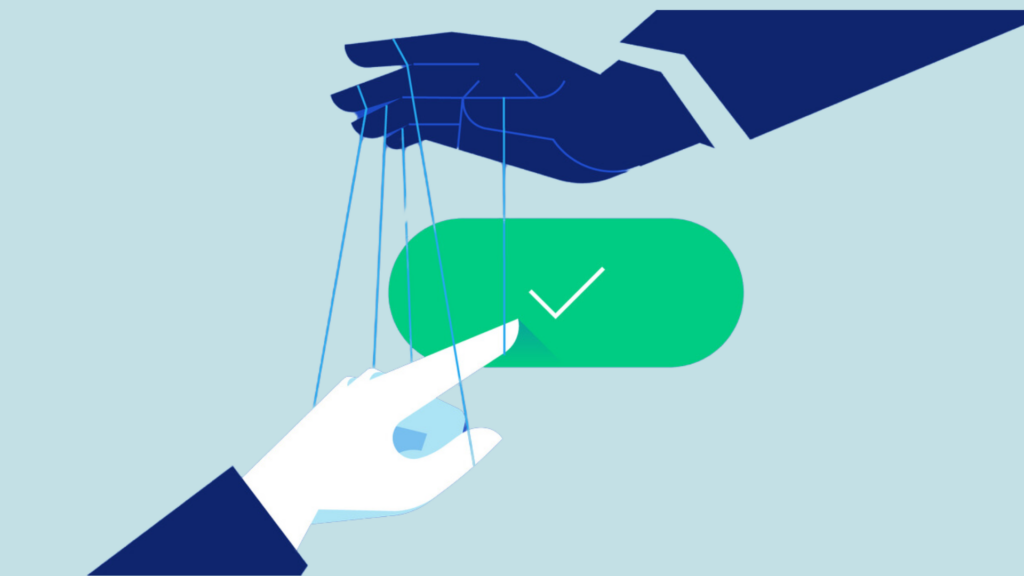
Long-Term Consequences for Brands
The consequences of using dark patterns extend beyond immediate user interactions and can have lasting repercussions for brands. In addition to eroding trust and damaging reputation, employing unethical design practices can lead to legal and regulatory scrutiny. As awareness of dark patterns grows among consumers and advocacy groups, brands risk facing backlash and potential legal action for deceptive practices. Moreover, the long-term financial implications of losing customer trust and loyalty far outweigh any short-term gains achieved through manipulative tactics. Brands that prioritize ethical design principles not only mitigate these risks but also cultivate stronger, more sustainable relationships with their user base, leading to greater long-term success and profitability.
IV. Recognizing Dark Patterns in Design: Red Flags to Watch Out For
Navigating the digital world can be tricky, especially when hidden design elements manipulate us into actions we didn’t intend. These sneaky tactics, known as dark patterns, exploit our cognitive biases and create frustrating, confusing experiences. But fear not, eagle-eyed designer! Here are some red flags to watch out for to recognize dark patterns in their disguise:
1. Lack of Transparency:
One of the hallmark traits of dark patterns is a lack of transparency. Design elements and interactions are deliberately obscured or concealed, making it difficult for users to fully understand the implications of their actions. This lack of transparency often manifests in hidden fees, unclear terms and conditions, or obscured privacy policies. By obfuscating key information, designers create a sense of uncertainty and confusion, leaving users vulnerable to manipulation.
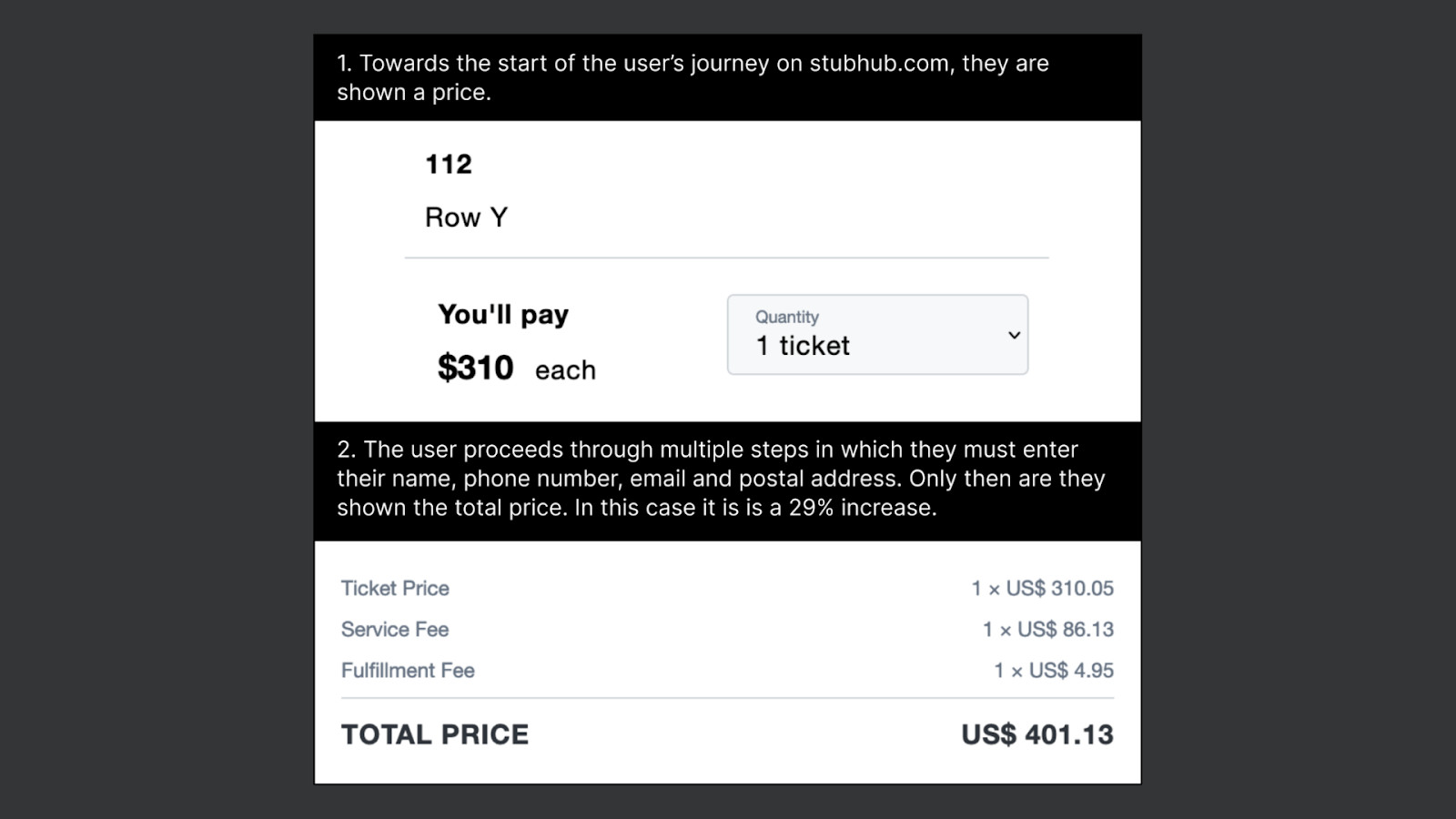
Example: Hidden fees during checkout. Imagine adding items to your cart, only to be surprised by unexpected fees at the final step. The website may not clearly showcase these charges until the very last moment, leaving you feeling trapped and forced to complete the purchase.
2. Urgency and Pressure Tactics:
Dark patterns frequently employ urgency and pressure tactics to coerce users into hasty decision-making. Whether it’s a countdown timer ticking away during a flash sale or a limited-time offer expiring soon, these tactics create a sense of FOMO (fear of missing out) that compels users to act quickly, often without fully considering their options. Urgency and pressure tactics exploit users’ natural aversion to loss and desire for instant gratification, bypassing rational decision-making processes and increasing the likelihood of impulsive behavior.

Example: Countdown timers creating a false sense of scarcity. “Only 5 items left!” or “This offer expires in 10 minutes!” These timers create panic and pressure you to buy impulsively, bypassing rational decision-making.
3. Misleading Language and Visuals:
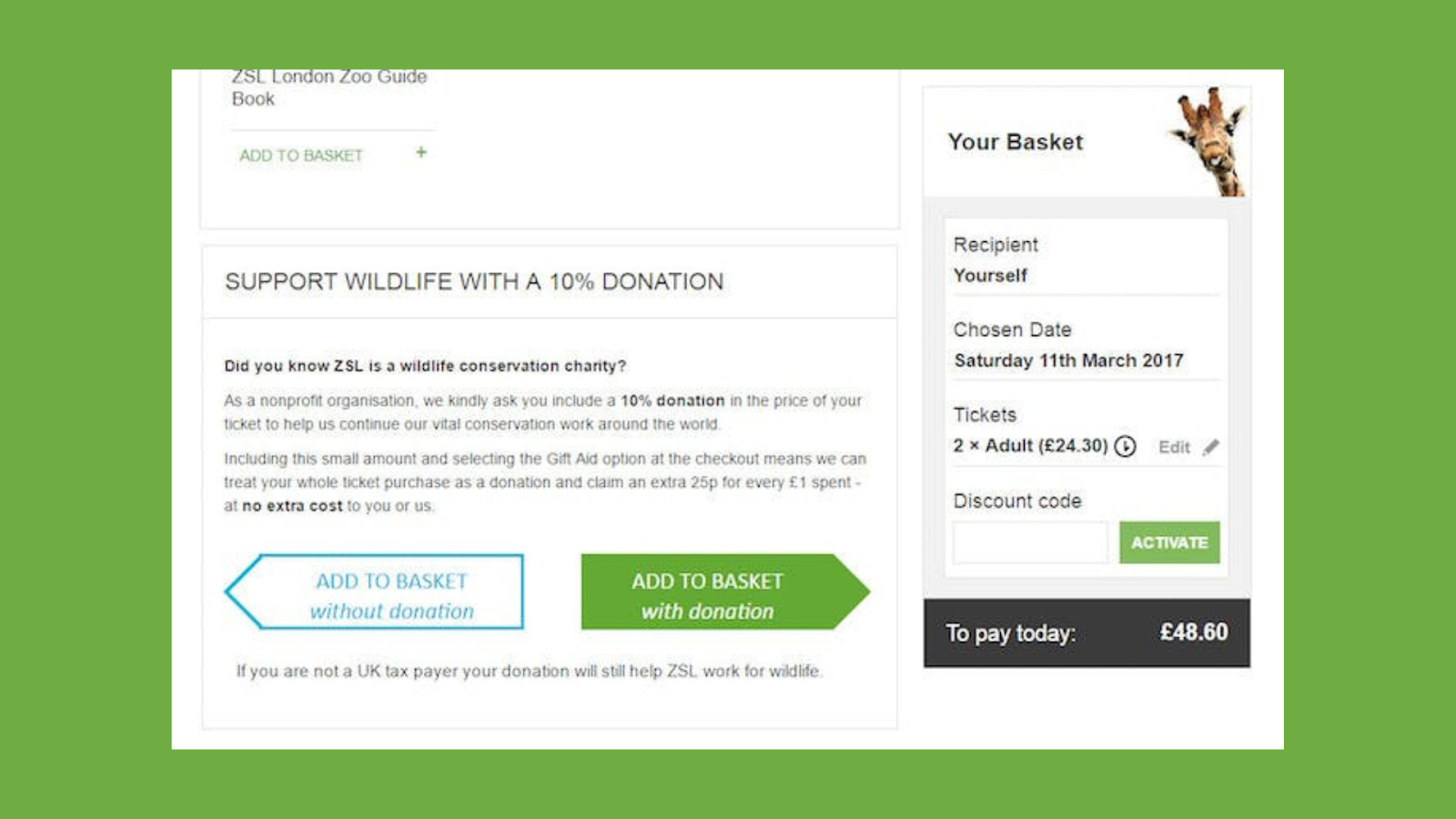
Misleading language and visuals are common tools used in dark patterns to deceive users. From deceptive button labels that manipulate user expectations to misleading imagery that exaggerates product features or benefits, these tactics exploit users’ trust in the accuracy and integrity of design elements. By presenting information in a misleading or ambiguous manner, designers create a false perception of value or desirability, leading users to make decisions based on incomplete or inaccurate information.
Example: Deceptive button phrasing. A button labeled “Continue” might actually enroll you in a subscription, while “Proceed” could initiate a download you didn’t intend. Be wary of ambiguous wording and hidden functions.
V. The Ethical Designer’s Perspective: Building Bridges, Not Walls
The digital landscape holds immense potential, but it’s built by the choices we make, especially as designers. In the face of dark patterns, the question isn’t just “can we?” but “should we?” This section delves into the ethical designer’s responsibility and the power of choosing integrity over manipulation.
A. The Responsibility of Designers:
Designers wield enormous power. We shape user experiences, influence behavior, and impact lives through the choices we make in crafting digital products and interfaces. With this power comes responsibility. We have an ethical obligation to consider the consequences of our design decisions, ensuring they serve not just business goals, but also user well-being and trust.

B. Balancing Business Goals and User Experience:
It’s easy to fall into the trap of viewing business goals and user experience as opposing forces. However, ethical design isn’t about sacrificing one for the other. It’s about finding the sweet spot where both can thrive in harmony. By prioritizing user needs, building trust, and fostering transparency, we create experiences that are not only satisfying but also lead to sustainable business success.
C. The Long-Term Benefits of Ethical Design:

The allure of short-term gains through dark patterns might seem tempting, but the consequences are far-reaching. Users develop resentment, trust erodes, and brands face backlash. Conversely, choosing ethical design offers numerous long-term benefits:
Increased Brand Loyalty: Users who feel respected and valued become loyal advocates, boosting brand reputation and customer lifetime value.
Reduced Support Costs: Ethical designs are easier to use and understand, leading to fewer user support inquiries and lower operating costs.
Improved Conversion Rates: Trust breeds confidence, and users are more likely to convert when they understand the process and feel respected.
Enhanced Innovation: Focusing on user needs opens doors to creative solutions that wouldn’t be possible with manipulative tactics.
Ethical design isn’t just the “right” thing to do; it’s the smart thing to do. By embracing this philosophy, designers can contribute to a more sustainable, trustworthy, and user-centric digital future.
VI. Avoiding Dark Patterns: Building a User-Centric Fortress
Now that you’re equipped to recognize and understand dark patterns, let’s explore tools and principles for actively avoiding them in your design process. Remember, ethical design isn’t just about what you shouldn’t do, but also about actively building experiences that prioritize user well-being and transparency.
User-Centered Design Principles: Your Ethical Compass
These principles serve as your north star, guiding you towards user-centric solutions free from manipulation:

1. Transparency and Honesty:
- Be upfront about costs, terms, and limitations. Clearly communicate all relevant information in a way that’s easy to understand and find.
- Avoid deceptive language and visuals. Don’t use misleading labels, hidden options, or confusing layouts to trick users into actions they don’t intend.
- Prioritize informed consent. Obtain explicit user consent for actions like data collection, subscriptions, and opt-in options. Make it easy for users to understand what they’re agreeing to and how to opt out.
2. Clear and Understandable Language:
- Ditch jargon and technical terms. Use plain language that your target audience can easily understand.
- Explain complex concepts in concise and accessible ways. Offer helpful tooltips, FAQs, or glossaries to clarify any ambiguities.
- Maintain consistent terminology and messaging throughout your design to avoid confusion.
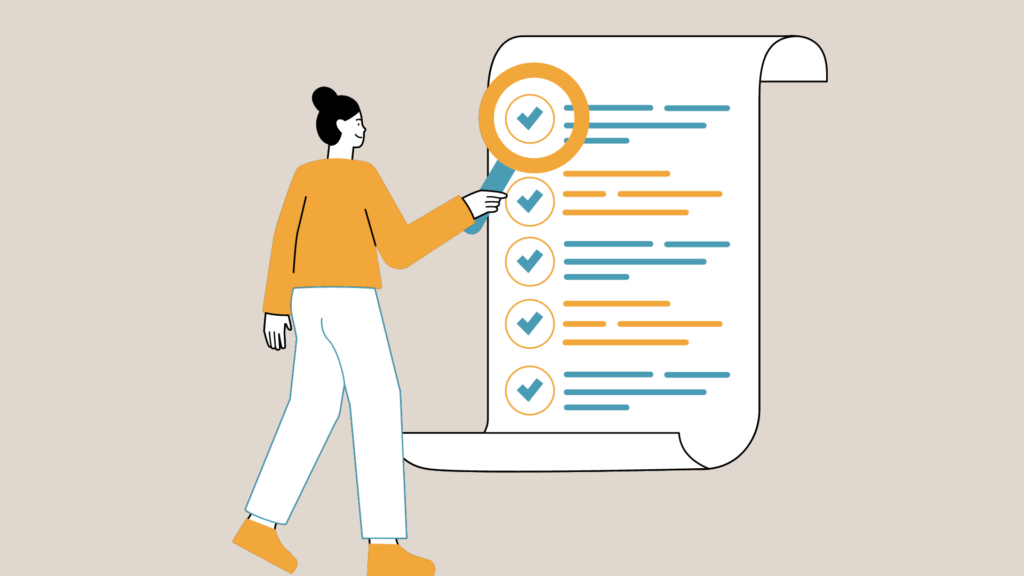
3. Prioritizing User Consent:
- Make opt-in the default choice. Avoid pre-checking boxes or automatically enrolling users in services they didn’t explicitly select.
- Provide clear and easy-to-understand opt-out options. Don’t hide or bury cancellation buttons or make it difficult for users to leave unwanted services.
- Respect user choices. Once a user opts out, don’t bombard them with reminders or pressure them to reconsider.
Bonus Tip: Conduct user testing regularly. Seek feedback from diverse user groups to identify potential dark patterns and ensure your design is clear, user-friendly, and free from manipulation.
VII. Designing for Trust and Long-Term Relationships
In the previous sections, we explored the dangers of dark patterns and the importance of ethical design principles. Now, let’s take a step further and understand how ethical design fosters trust, leading to strong user relationships and sustainable success.
A. Building Trust with Users:

Ethical design is the foundation for building trust with users. By prioritizing their needs, respecting their choices, and designing with transparency in mind, you create a positive experience that fosters:
- Confidence: When users understand what they’re agreeing to and can navigate your product easily, they feel confident and empowered.
- Security: Transparency regarding data collection and privacy builds trust and ensures users feel their information is handled responsibly.
- Respect: Ethical design demonstrates that you value their time, attention, and choices, leading to mutual respect and appreciation.
B. The Impact on Brand Loyalty:

Trust breeds loyalty. Users who have positive experiences built on ethical design principles are more likely to:
- Become loyal advocates: They’ll recommend your product or service to others, boosting brand awareness and reputation.
- Offer constructive feedback: Feeling valued encourages users to share their experiences, helping you improve your product.
- Forgive occasional missteps: Trust fosters understanding, and users are more likely to forgive minor issues when they know you prioritize their well-being.
C. The Role of Ethical Design in User Retention
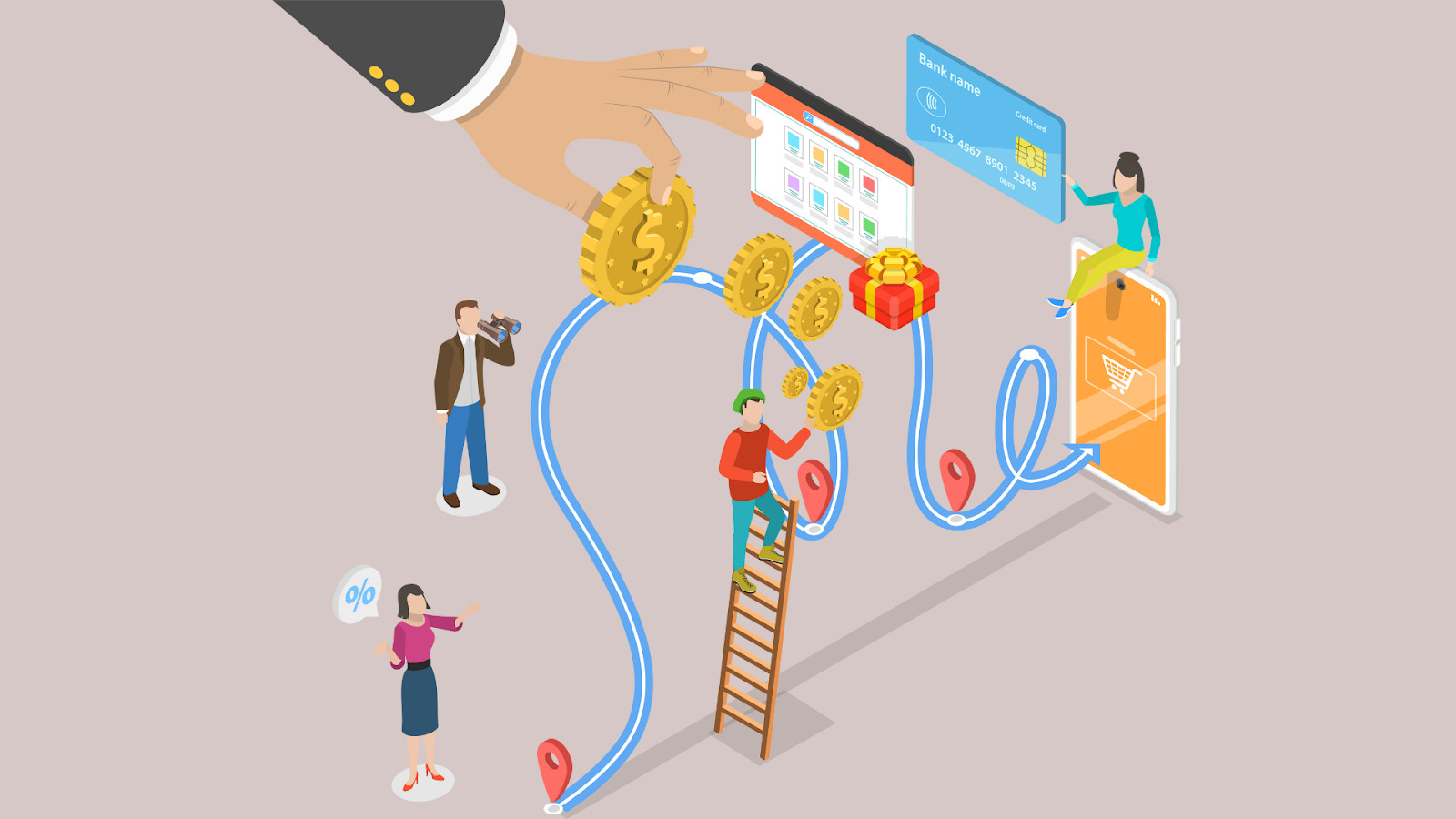
Retention hinges on keeping users engaged and satisfied. Ethical design plays a crucial role in this by:
- Reducing frustration and confusion: Clear interfaces and transparent communication minimize negative experiences that might lead users to abandon your product.
- Encouraging long-term engagement: Users trust and respect ethical brands, fostering positive interactions and making them more likely to stay engaged.
- Creating a positive emotional connection: When users feel valued and respected, they develop a positive emotional connection to your brand, increasing their desire to remain part of your ecosystem.
Conclusion
As we navigate the intricate world of digital experiences, the shadow of dark patterns looms large. These manipulative tactics, designed to extract our data, coerce our choices, and prioritize profit over user well-being, leave a trail of frustration, distrust, and negativity. But amidst this landscape, the torch of ethical design shines brightly.
By embracing principles of transparency, user consent, and clear communication, designers can craft experiences that prioritize the human element. This shift translates to positive user experiences – interfaces that are intuitive, information that is easy to understand, and choices that are freely made. Trust, the cornerstone of any enduring relationship, flourishes in this environment, fostering loyalty and engagement.
Ultimately, the choice is ours. Will we perpetuate the cycle of manipulation, or will we usher in an era of responsible and transparent design? Let us advocate for practices that respect users, empower them with informed choices, and build bridges of trust. In doing so, we can shape a digital future where technology serves humanity, not the other way around. Remember, the power lies in our design decisions. Let’s choose integrity, choose ethical design, and collectively build a thriving digital ecosystem for all.
Take your company to the next level and get results with our world class user experience, interface design and implementation.
Get a FREE 30 min Strategy Session

Related posts
My Spotify: Everything You Need to Know About Spotify’s Latest Personalization Feature
Spotify, the leading music streaming service, has once again pushed the boundaries of personalized music experiences with the introduction of […]
Enhancing SaaS with UX/UI
In today’s highly competitive SaaS (Software as a Service) market, one of the most significant challenges companies face is demonstrating […]
Emojis in Product Design: How They Have Evolved and How to Use Them
A paragraph to a loved one, an Instagram post, a Twitter comment, a marketing email or a work message… these […]
Creative product design that gets results
Take your company to the next level with world class user experience and interface design.
get a free strategy session
